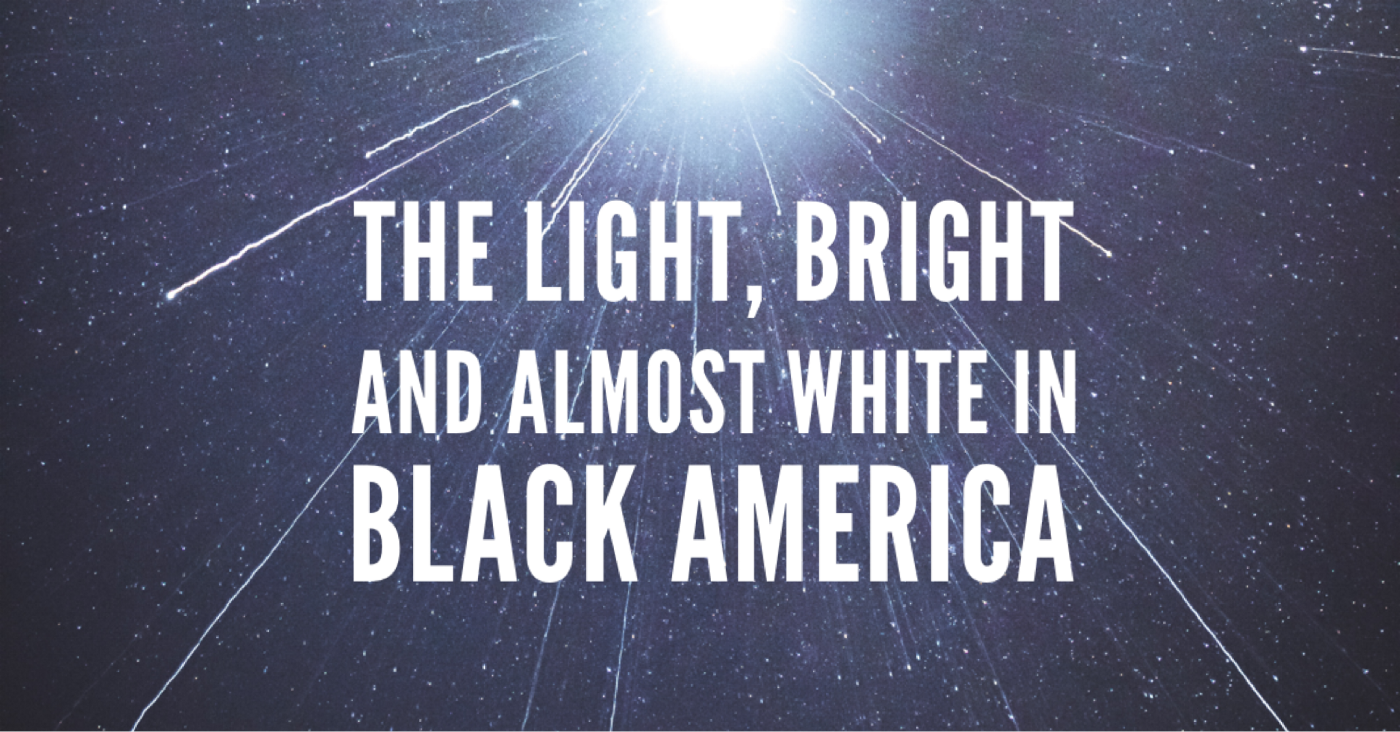The Light, Bright and Almost White, in Black America
Dear Reader,
Ever since the publication of “Black and Blue and Blond” by Thomas Chatterton Williams in the Virginia Quarterly Review, we have thought about the delicate question of skin color in the black American experience. Blackness is less than skin color and more than skin color. Writer Thomas Chatterton Williams grappled with this question in all o…
Keep reading with a 7-day free trial
Subscribe to Truth in Between to keep reading this post and get 7 days of free access to the full post archives.





